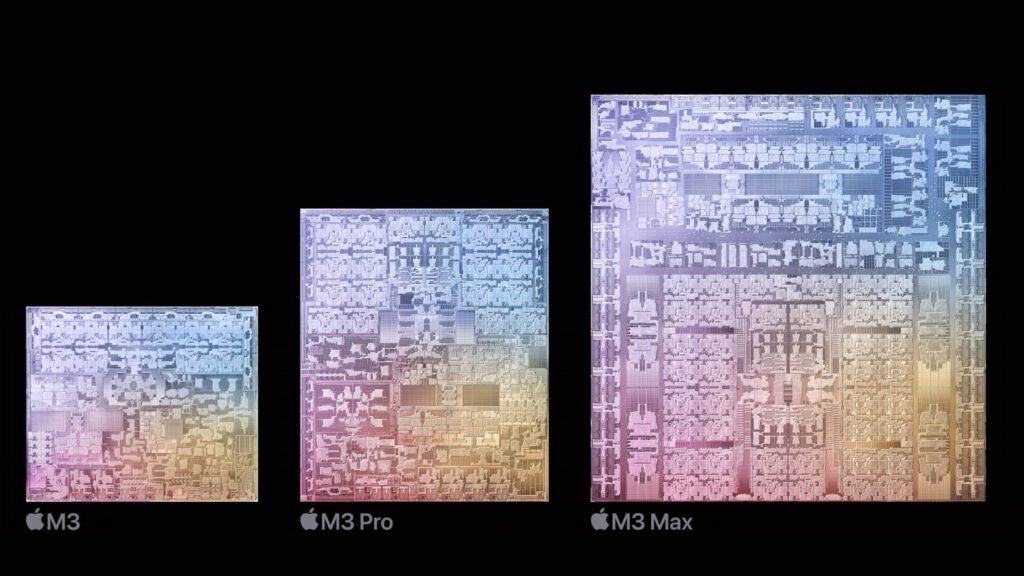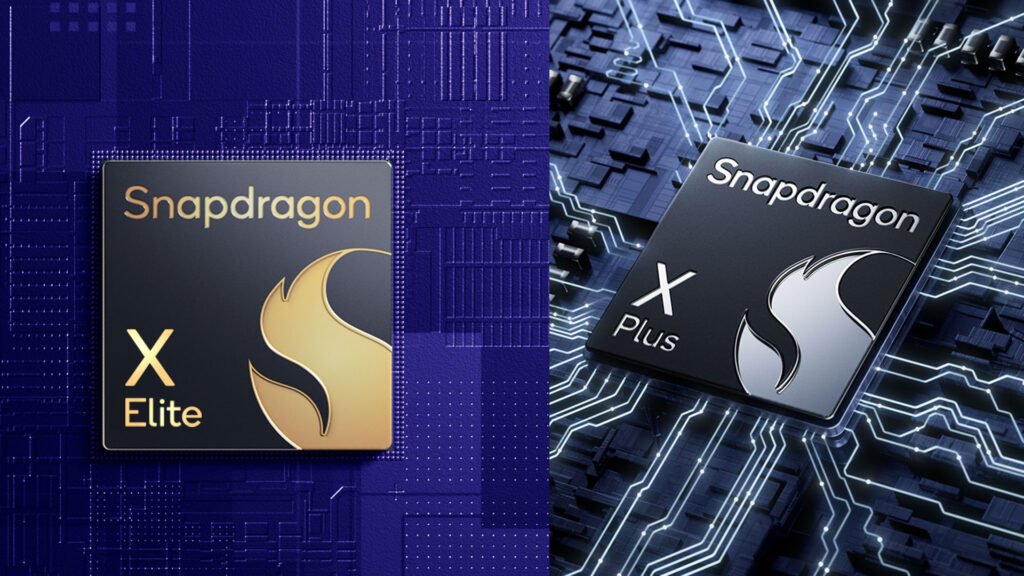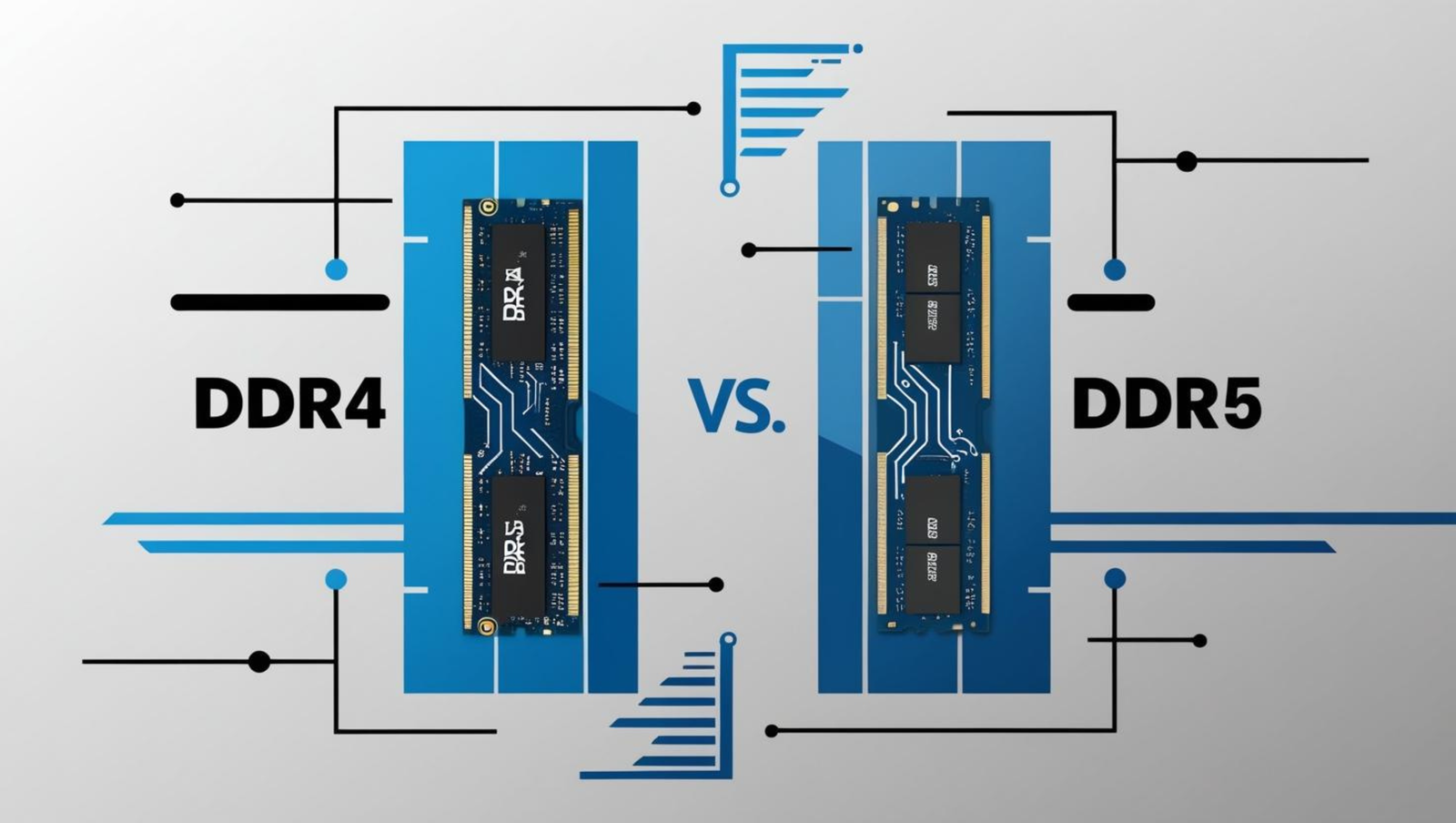What are ARM Processors and Why Are They Revolutionizing the Laptop Market?
In recent years, a shift that once seemed impossible has become a reality: processors originally designed for mobile devices are now being implemented in laptops. This innovation is creating a true revolution in the market, offering significant gains in both performance and energy efficiency.
ARM processors are emerging as strong contenders to the traditional x86 processors, which have been the standard in computers for decades. The promise of ARM chips is clear: deliver performance equal to or better than x86 processors, but with drastically lower energy consumption. Is this revolution really feasible? Let’s dive into the key features and benefits of this technology.
What is ARM Architecture?
ARM (Advanced RISC Machine) architecture is based on the RISC (Reduced Instruction Set Computing) instruction set, which focuses on simplicity and energy efficiency. Unlike traditional x86 processors, ARM chips are designed to perform tasks with lower energy consumption and less heat generation. This makes them ideal for mobile devices like smartphones and tablets.
Recently, ARM processors have started to gain traction in laptops and servers, offering high performance with lower power consumption. This transition is not only challenging the limits of traditional computing but is also promoting more sustainable technology solutions, aligning with the growing demand for eco-friendly innovations.
The Top 5 Features of ARM Processors
- Energy Efficiency: ARM chips consume less power, making them ideal for portable and ultra-thin devices like laptops and smartphones.
- Low Heat Dissipation: By generating less heat, these chips enable the design of more compact devices that don’t require extensive cooling systems.
- RISC Architecture: The simplified design offers high execution speed with lower complexity, increasing overall efficiency.
- Scalability and Versatility: ARM processors can be used in a wide range of devices, from wearables to servers.
- Customizable Design: ARM architecture is licensed to manufacturers like Apple and Qualcomm, allowing for specific adaptations that maximize performance for targeted use cases.
Leading Manufacturers Driving the ARM Revolution
Apple
Apple was a pioneer in adopting ARM architecture in its mobile devices, like the iPhone and iPad. In 2020, the company took this technology to the next level with the launch of the Apple M1 chip, the first ARM processor designed for Macs. This transition marked the departure from Intel’s x86 architecture, promoting greater integration between hardware and software.

The ARM processors from Apple have brought notable benefits, including:
- Impressive Performance: The M1, and its successors M2 and M3, deliver performance comparable to high-end x86 chips.
- Energy Efficiency: Laptops like the MacBook Air now offer battery life that far surpasses that of traditional competitors.
- Hardware-Software Integration: This allows for exclusive features and improved stability.
Check out Apple devices with ARM processors on eBay: Apple Devices
Qualcomm
Qualcomm is a leader in using ARM processors in the mobile device market. Their Snapdragon chips are widely used in smartphones and tablets due to their balanced performance and high energy efficiency. In recent years, Qualcomm has expanded its reach into the laptop market with processors like the Snapdragon 8cx, designed for the Windows on ARM platform.

Key benefits of Qualcomm’s chips include:
- Built-in 5G Connectivity: Ensuring high-speed internet access anywhere.
- Ultra-thin Devices: ARM architecture enables lighter, more compact designs.
- Extended Battery Life: Thanks to improved energy efficiency.
Check out the best Snapdragon-powered laptop under $700: Snapdragon Laptops
So, Which Architecture Is Better: x86 or ARM?
ARM stands out as the superior architecture with its unmatched efficiency and versatility. Explore the comparison below to see why ARM outperforms x86 for your next device:
In conclusion, ARM processors are transforming the tech landscape, offering unmatched energy efficiency, compact designs, and competitive performance. As industry leaders like Apple and Qualcomm drive innovation, ARM architecture is redefining possibilities for laptops and beyond. Stay ahead of the curve—explore the benefits of ARM-powered devices today and embrace the future of computing efficiency.




1 comentário